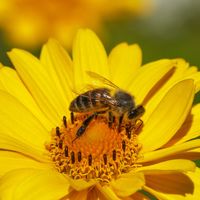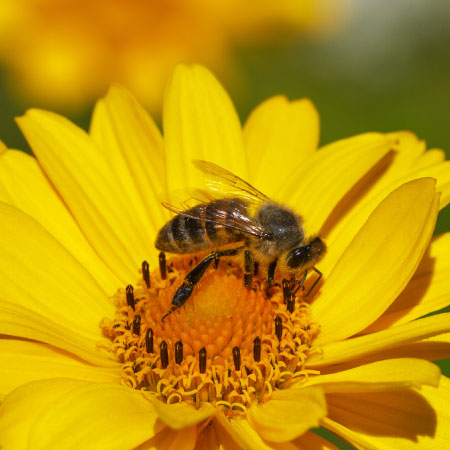Bamboo Plant Diseases – Tips On Treating Bamboo Problems


A healthy stand of bamboo is surprisingly resistant to pests and diseases. Even so, you may occasionally notice spots and discolorations that indicate problems. This article has the answer to common bamboo plant problems.
Preventing Bamboo Diseases
It’s easier to prevent bamboo plant diseases than to cure them once they take hold. Good growing conditions promote healthy plants that resist diseases. Here’s what a bamboo plant needs to thrive:
- Good water management is essential. The plants need a steady supply of moisture, but at the same time, the soil should drain well so that it doesn’t stay soggy for long. Organically rich soils help regulate moisture.
- A location with plenty of bright sunlight promotes good health and vigor.
- Proper nutrition helps keep plants green and growing. A bamboo fertilizer is best, but not always available. Palm fertilizers also work well, and in a pinch you can use a lawn fertilizer. Be careful that you don’t use a weed and feed product that contains herbicides.
Some diseases in bamboo plants are spread primarily through nurseries that sell diseased plants. Make sure you buy your plants from a reputable nursery, and ask if the plants have been tested for disease.
Treating Bamboo Problems
Before you can treat bamboo diseases, you have to identify the problem. Fortunately, there aren’t many diseases that affect bamboo, and they are easily distinguished. If the bamboo disease treatment calls for pruning, disinfect the pruning shears between cuts by flaming the blades so that you don’t spread the disease.
- Fungal spots – Fungal spots, like rust, sometimes appear on older plants. The spots are round and mostly cosmetic. They appear most often in humid climates. You can treat the disease with a copper-based fungicide, but since the plants that have spots are old, consider culling them to make room for younger, more vigorous plants.
- Bamboo Mosaic Virus – this virus is usually acquired in a nursery setting where it is transmitted on the blades of pruning tools. The first symptom is a mosaic discoloration pattern on the leaves. You will eventually see dieback beginning at the top of the plant. There is no cure for the disease, but you may be able to keep the plants alive for a while with aggressive pruning. Remember to sterilize pruners between cuts.
- Sooty mold – Sooty mold is caused by small, sucking insects such as mealybugs, aphids and scale insects. As these insects feed, they excrete a sticky substance called honeydew. The honeydew quickly becomes infested with the sooty mold fungus, causing unsightly black spots. You can wash it off the plant, but as long as you have an insect infestation, it returns repeatedly. Get rid of the insects with frequent applications of insecticidal soaps or oils. Follow the label instructions, and apply as often as the instructions allow until the insects are gone. With oils, it is important to follow the timing guidelines on the label.
- Rot issues – Root rots and heart rots also affect bamboo. Heart rot is a fungus living inside the stems and can occur in any part of the stem. Root rot affects the roots and lower part of the stem. Either type of rot may be accompanied by mushrooms growing on the bamboo or on the soil at the base of the plant. These diseases can’t be cured and will eventually kill the plant. Remove the plants, taking care to remove all of the roots to prevent the spread of the disease to other plants.
Sign up for the Gardening Know How newsletter today and receive a free copy of our e-book "How to Grow Delicious Tomatoes".

Jackie Carroll has written over 500 articles for Gardening Know How on a wide range of topics.